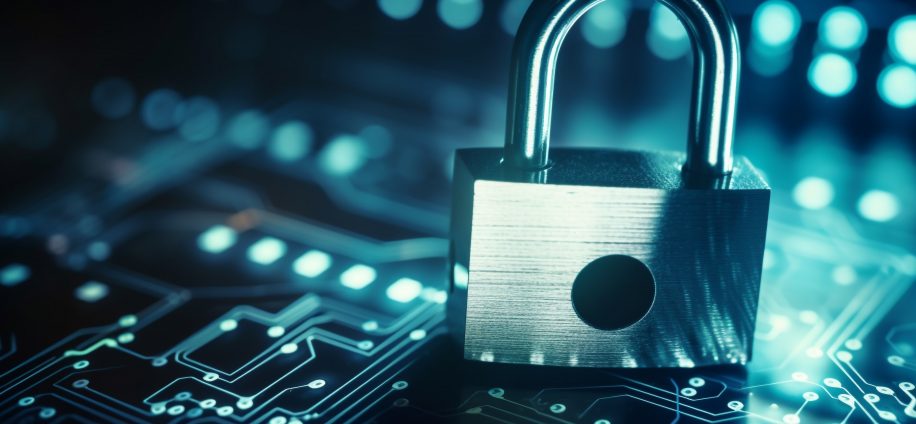


What is it? It is a process using an algorithm that transforms standard text characters into an unreadable format so that only authorized users can […]
It is a process using an algorithm that transforms standard text characters into an unreadable format so that only authorized users can read the information.
When you communicate over the internet, your data potentially travels hundreds or even thousands of miles before it reaches its destination. Cables, routers, servers are needed to transport your data. But does this mean that all of these elements necessarily have access to everything you send, even though they are not the final recipients? No! It is possible to protect your data from prying ears through cryptography, the science of secret codes, through a process called “encryption”.
Let’s take an example: when you log in to the site https://www.qwant.com/ and you perform a search there, your request is automatically “encrypted” by your browser before being sent to Qwant’s servers, where it will be “decrypted” so as to allow Qwant to prepare a list of relevant sites to send back to you. Of course, this list is also encrypted by Qwant before it is sent to you. Your browser then deciphers this result just before displaying it to you. That’s it!
Via encryption, your searches are known only to you and to Qwant, which doesn’t know who is behind the search.
When you send a message to a caller via traditional consumer messaging, it is usually encrypted between your device (smartphone or computer) and the server of the operator offering the messaging service, which decrypts it in order to store it “in the clear” while waiting for the recipient to pick it up. This message is then encrypted between the server and the final recipient. This is called “point-to-point encryption.” The problem? This is because the service provider has access to everything you communicate even though it is not the final recipient. That’s where end-to-end encryption comes in. This technology ensures that your messages will be encrypted on your device before they leave it and will only be decrypted in one place: on your recipient’s device. In between, your messages remain encrypted, even when they are stored on the service provider’s server. That’s it again!
This may seem surprising: end-to-end encryption is simply replicating in a digital world what we have been doing for centuries with our physical letters: we slip them into envelopes before sending them!